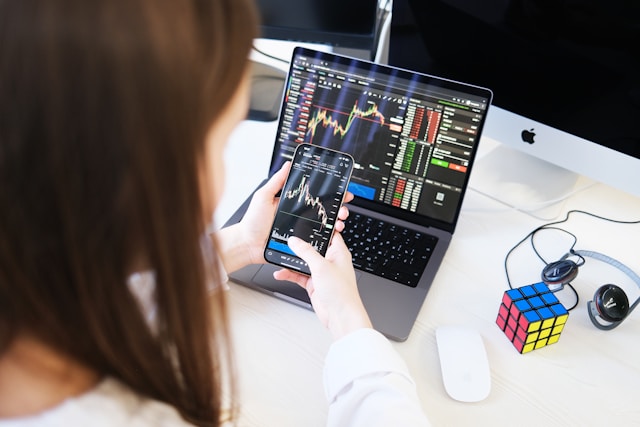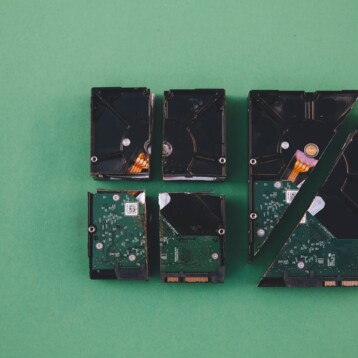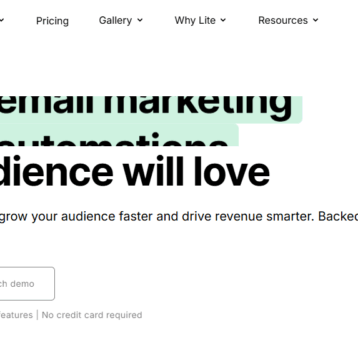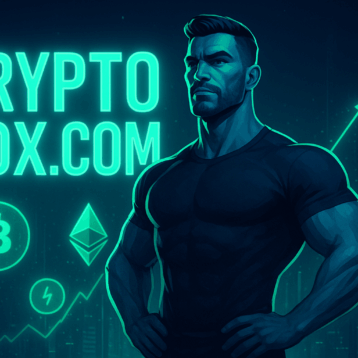The Tron blockchain may not be as well-known as those of Bitcoin, Ethereum, and Solana, but it has nonetheless succeeded in attracting a large number of investors that created a vibrant and eclectic community around the system and its native token. The Tron blockchain has been specifically designed to host DApps in an environment that is fully scalable and offers very high speed for low costs. As a result, many investors have begun to see the benefits of adding this asset to their portfolios and are looking into the latest tron price prediction numbers to create more objective game plans for their future transactions.

What is Tron?
Tron is a blockchain, a decentralized and distributed ledger that consists of several lists of data and records (which are referred to as “blocks”, hence the system’s name), which are linked together through the means of cryptographic hashes. Every single block contains a timestamp and transactional data, with every action that is completed on the network being completely irreversible. Once data has entered the system, it cannot be modified in any way as this would consequently modify the other blocks as well, making changes unfeasible.
The purpose of Tron is to enable the creation and deployment of decentralized applications, colloquially referred to as DApps, features that are based on the use of smart contracts functionality. Tron eliminates intermediaries, allowing content creators to interact with their audiences directly and receive remuneration for sharing their work. While its story starts on the Ethereum blockchain, Tron evolved to have its own platform and increased the range of its functionality to include solutions that could potentially lead to the creation of an internet landscape that is far more decentralized overall.
Tron places a lot of emphasis on speed and scalability, considering them among the most important aspects that determine whether the user experience is positive. The native token associated with the blockchain is known as TRX, and it powers the entire system. It is an integral part of the smart contracts and the decentralized application, and it is possible to create the TRC-20 tokens by using it, tokens that are very similar to Ethereum’s ERC-20.
TRX can be used to cover all transaction costs when bandwidth limits are not enough to cover all the fees. This functionality allows the blockchain to process thousands of transactions every second for negligible costs.
The tech intricacies
Tron is built on largely the same concepts and features that have made other blockchains a reality. It runs on a proof-of-stake consensus protocol in order to verify transactions, but what makes it different is the integration of several other layers. The primary characteristic of this blockchain’s architecture is that it is split into three levels: application, storage, and core. The first is in charge of the decentralized apps, the digital wallets, and user interfaces. The core deals with the technology powering Tron, including smart contracts, management features, and consensus mechanisms.
Lastly, the purpose of the storage is to distribute blocks and state storage. TVM, the Tron Virtual Machine, was developed specifically for the blockchain, to run smart contracts efficiently and ensure transactions are completed as fast as possible. This technology is compatible with Ethereum so that decentralized apps can be transferred from one platform to another with no hassle. Tron uses self-executing, automatic contracts based on predetermined protocols, enabling developers to create and deploy their projects directly on the blockchain.
Play-to-earn games are the most common product class found on Tron, but all types of content creators have the ability to publish and store their media on the blockchain. The Tron network typically doesn’t charge additional transaction fees, making it a preferred alternative among investors who feel these costs have become too steep on other platforms. Investors can either stake or purchase coins to acquire higher network capacity points, but when you don’t have enough bandwidth, you can supplement it by using the TRX itself. However, some fixed fees are associated with trading on Tron, such as 1024 TRX to issue TRC tokens, 0.1 TRX to start a new account, and 9999 TRX to build a witness node.
Nansen 2
Nansen 2 is a comprehensive blockchain analytics solution, operating as a unified platform aiming to surpass the functionality provided by many of its peers who are increasingly focused on fragmentation. By tracking key movements and analyzing metrics, the platform makes crypto marketplaces easier to navigate so that investors can enjoy more successful trading ventures. On November 19th, it was officially announced that Tron will be integrated into Nansen 2 following a collaboration between the two. The launch of the Tron Macro Dashboard will provide both investors and developers with more reliable, real-time insights into the intricacies of the Tron ecosystem.
Integrating Nansen’s features into the Tron environment will create more transparency and provide a window into the on-chain activity and latest metrics. The developments are seen as particularly positive, given the fact that the TRX trading community keeps growing. In fact, Tron is gradually emerging as a dominant force for USDt, fostering increasing adoption. Right now, Tron hosts the largest supply of USDT in the world, with 22.7 million holders in its 270 million accounts. Compare these figures with Ethereum’s 4.2 million USDT owners, and you’ll get a good idea of the scope of Tron’s involvement in this field.
Although Tron isn’t as well-known as some of its peers, it has still made a big impact in the cryptocurrency environment. Digital assets and the blockchain itself are still somewhat challenging to deal with due to their volatility and the large number of changes taking place in the system. The still-uncertain regulatory landscape has deterred many from becoming more involved, with numerous investors keeping their ventures at a minimum.
However, cryptocurrencies clearly have a lot of potential for development in the future, so adding them to your portfolio isn’t a bad idea. The most important thing is to remember that you should never start trading without developing a good strategy first.










